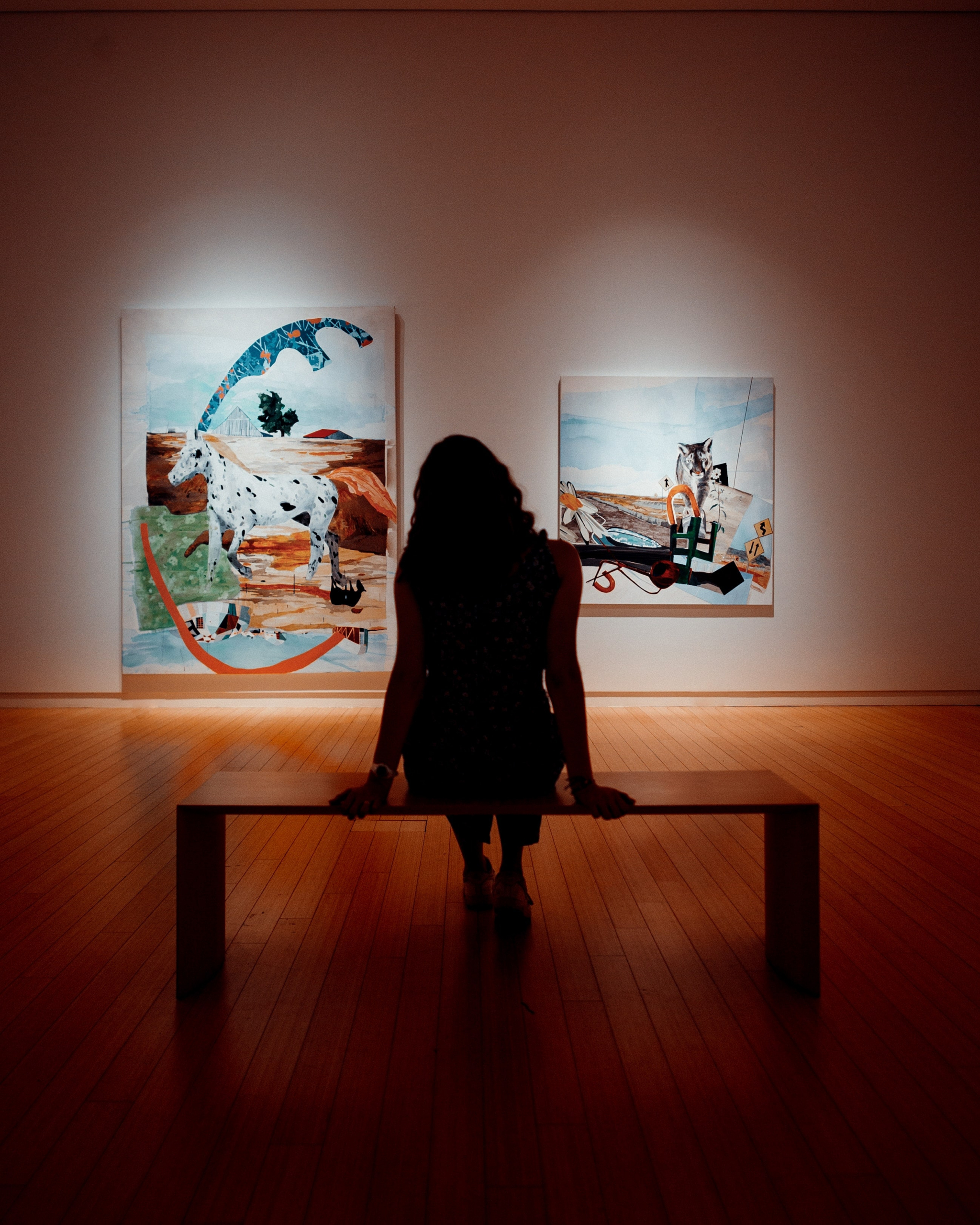In the course of two months, the ITRex team conceptualized and developed a proof of concept (PoC) of the solution. The PoC was realized as an iOS application coded in Swift, and built with the help of up-to-date frameworks.
The application precisely identifies an artwork’s authorship and assists users in determining its authenticity.
The solution relies on StyleGAN, a two-component network featuring a generator and a discriminator. The generator crafts simulated art, while the discriminator distinguishes real artworks from counterfeit ones. The training process continues until the generator creates high-quality forgeries that challenge human judgment.
To identify forgery, we fine-tuned a pre-trained StyleGAN on a dataset containing real paintings, man-made forgeries, and AI-generated forgeries. We also built a feature extractor from the GAN's generator network, capable of capturing style features like brushstroke shapes, paint thickness, and color palettes.
The training process unfolded as follows:
●
We preselected artists for recognition.
●
We compiled a dataset of their works and other art pieces.
●
To identify artists, we fine-tuned a Variational Autoencoder (VAE) on ResNet and used its decoder as a feature extractor, while training a classifier to recognize the artists.
●
To spot forgeries, we added man-made and AI-generated forgeries to the dataset, splitting it into separate sets for each artist.
●
We fine-tuned StyleGAN, with the generator crafting artificial art and the discriminator distinguishing real from forged. Training continued until the generator produced high-quality forgeries.
●
Following training, we got a feature extractor from StyleGAN, capturing style elements like brushstroke styles, color descriptions, and canvas characteristics that define an artist's work.
●
The trained discriminator from StyleGAN then distinguished between real and counterfeit art, reinforcing authenticity.




















